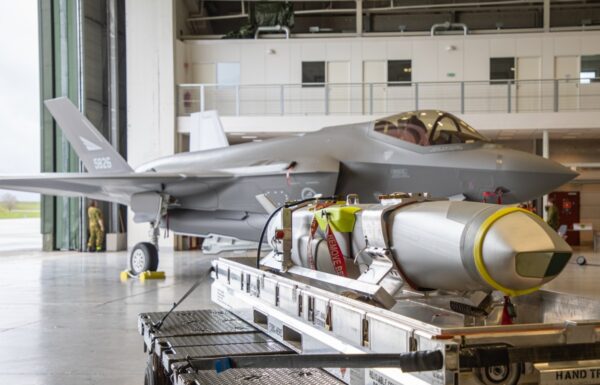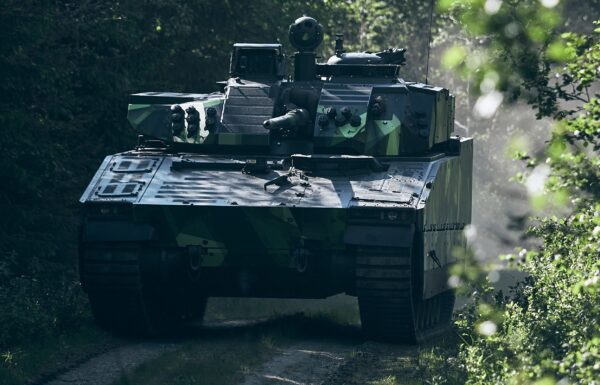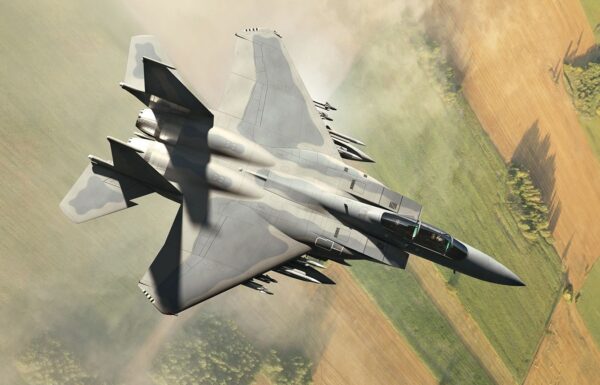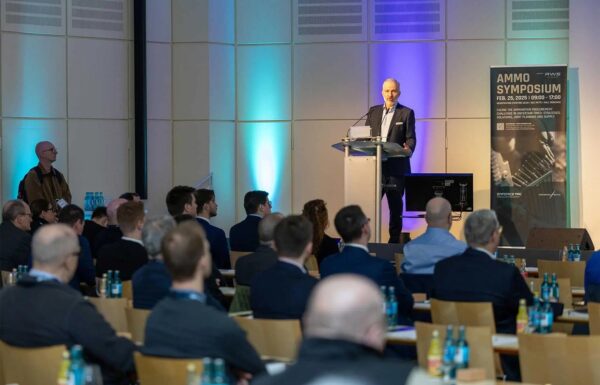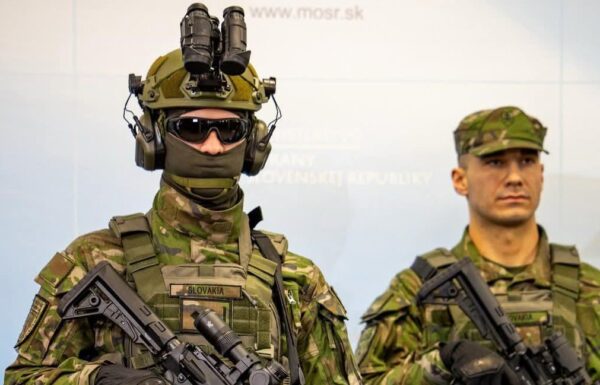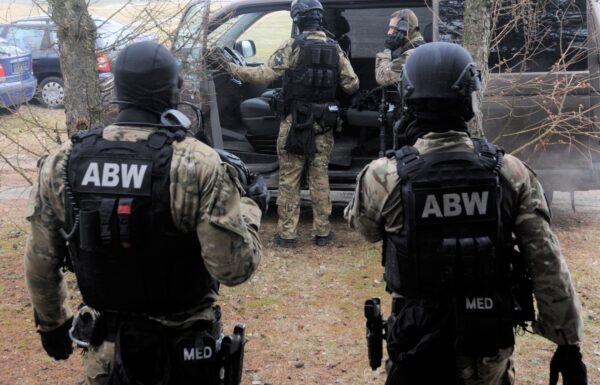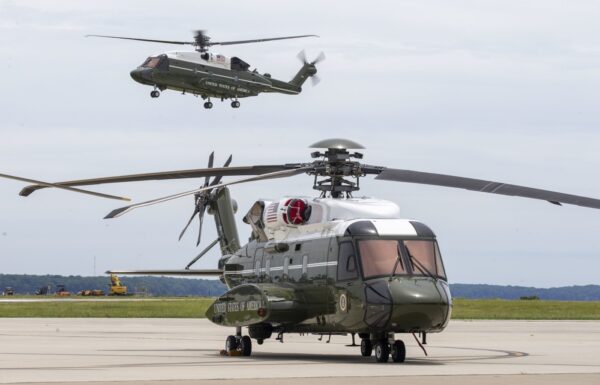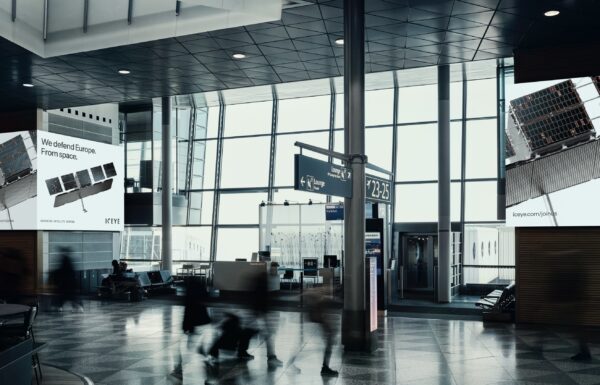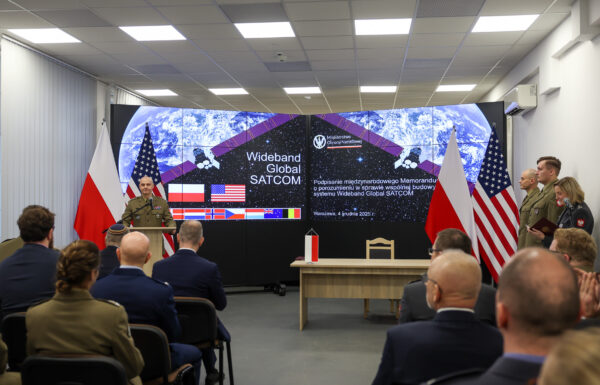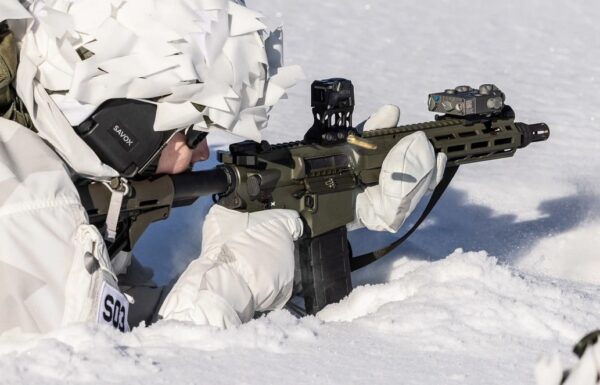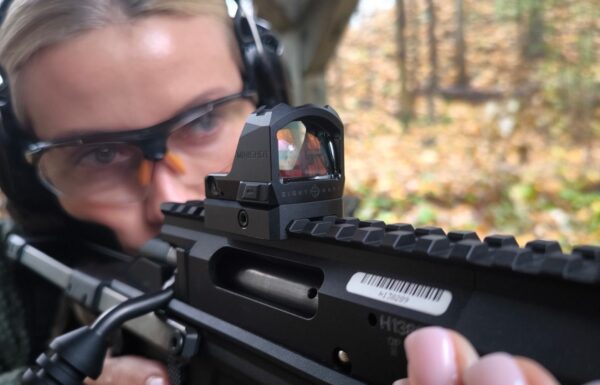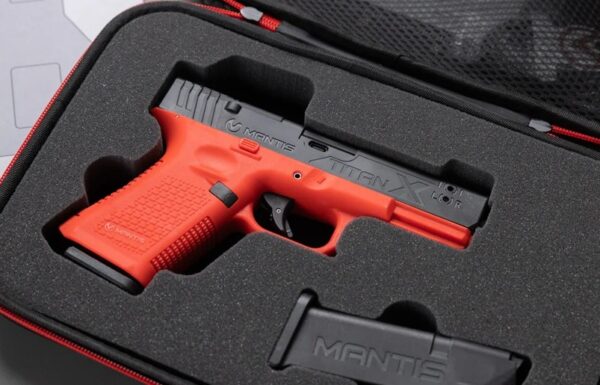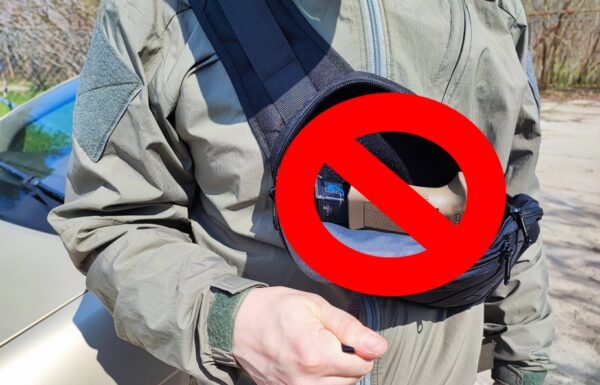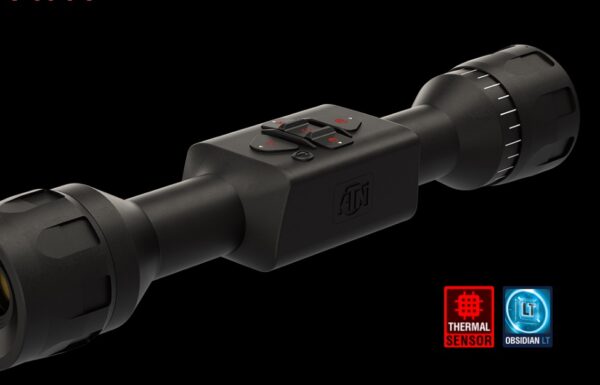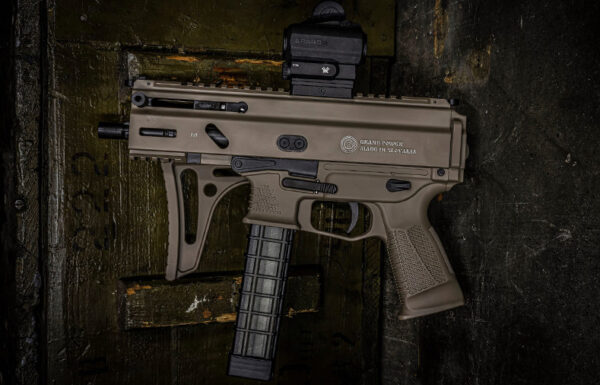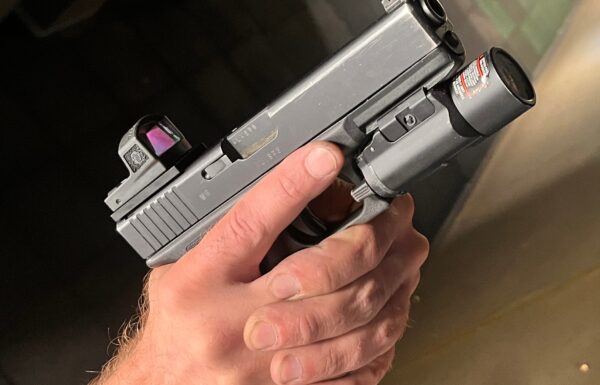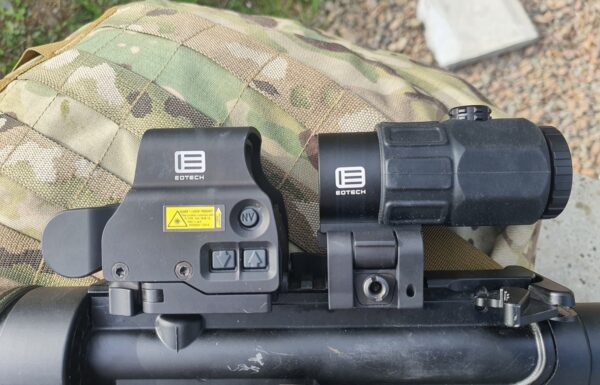One of the most suitable tools for that task seems to be the FlyEye UAV system designed and manufactured by Flytronic, a subsidiary of the WB Group, which is already operated by Polish Land Forces, Special Forces, Territorial Defense Forces and Border Guard in their everyday tasks.

“Taking into account our extensive experience, we responded without hesitation to the appeal from the Ministry Of Infrastructure. Flytronic, being a part of WB Group, is the leading designer and manufacturer of unmanned aerial vehicles in Poland” – said Jarosław Zając, CEO of Flytronic company. “Our UAVs are ready to support uniformed services in fighting against the epidemics. The WB Group offers not only reliable systems, but can also provide experienced operators who will help law enforcement officers in supervision of maintaining the quarantine.”
On 27th of March, UAVs controlled by Flytronic operators performed a series of flights over the Silesia region, testing the ability of WB Group’s unmanned systems to track large groupings of people. Areas with high concentration of people are considered to be subject to particularly high risk of the uncontrolled spread of the SARS CoV-2 virus.
What is worth mentioning, in addition to the observation version, Flytronic offers a modified FlyEye MED variant, which replaces the standard surveillance module with a cargo space capable of carrying up to 2.8 kg (6 lbs.) of medical supplies on distances reaching 50 km (30 miles). The cargo can be delivered within 15 meters (50 feet) of the intended spot even without using a camera module. FlyEye MED UAVs can be used to help medical services in emergencies and dangerous situations. If such a need arises, they can be sent into action immediately.
FlyEye UAV in the basic configuration can be stored within backpacks carried by two operators. They can be launched from any place that the operators can reach to, being manually thrown into the air if needed. The launch process is fully automated.
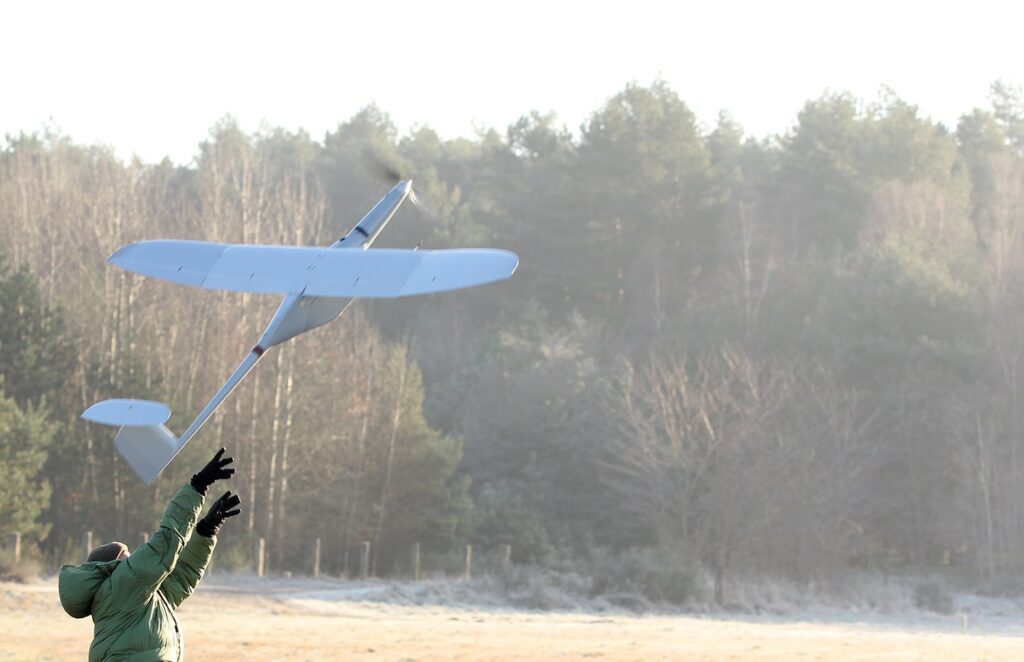
MED is a civilian version of FlyEye 3.0 developed by the WB Group for an undisclosed customer. Modular system was designed not only as a surveillance platform. It can also work as a flying radio signal relay or, as already mentioned, to deliver cargo.
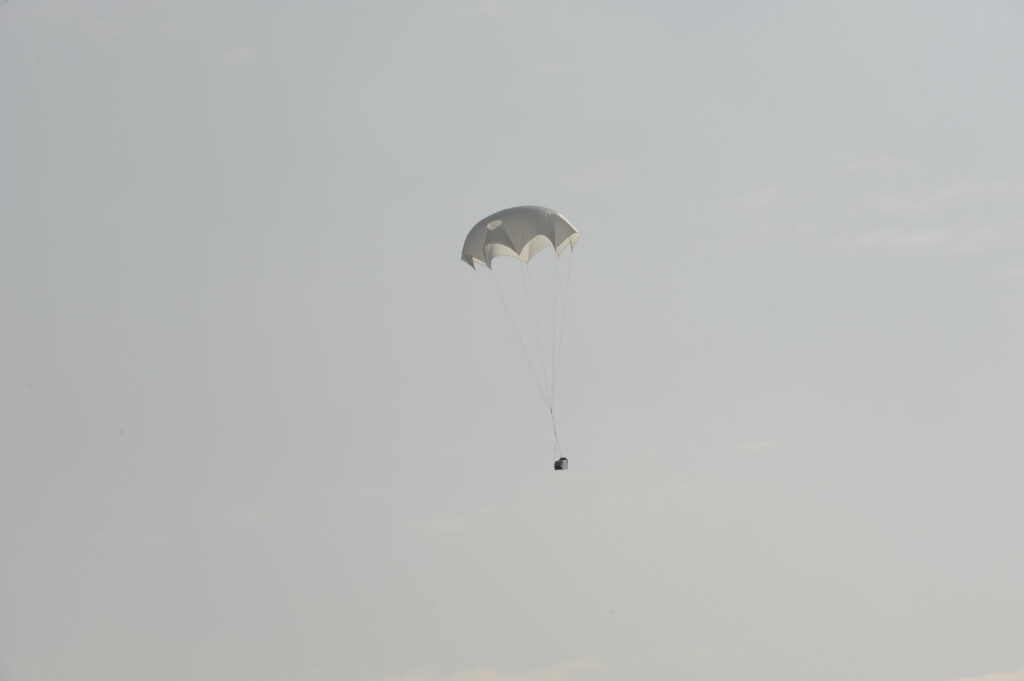
Mini-UAV FlyEye is equipped with WB Group-designed GS4 optoelectronic module. It can operate both in daylight, giving a Full HD image with 30x optical zoom, and at night, utilizing infrared camera. Target Lock system supports continuous focus on a set target, regardless of position. Operators can also fully control the surveillance module remotely from the ground.
FlyEye can operate with a relative ceiling of 1000 m (3280 feet) above the launch height and flies at 60-120 km/h (37-75 mph) with a maximum ceiling of 3500 meters (11500 feet) above sea level. Maximum flight time is limited to 2.5 hours (flight range of FlyEye 3.0 should be slightly longer than in previous models). The FlyEye unmanned vehicle is used by Polish Land Forces, Special Forces, Territorial Defense Forces, and Border Guard. It was also used in combat operations by Ukrainian armed forces.


